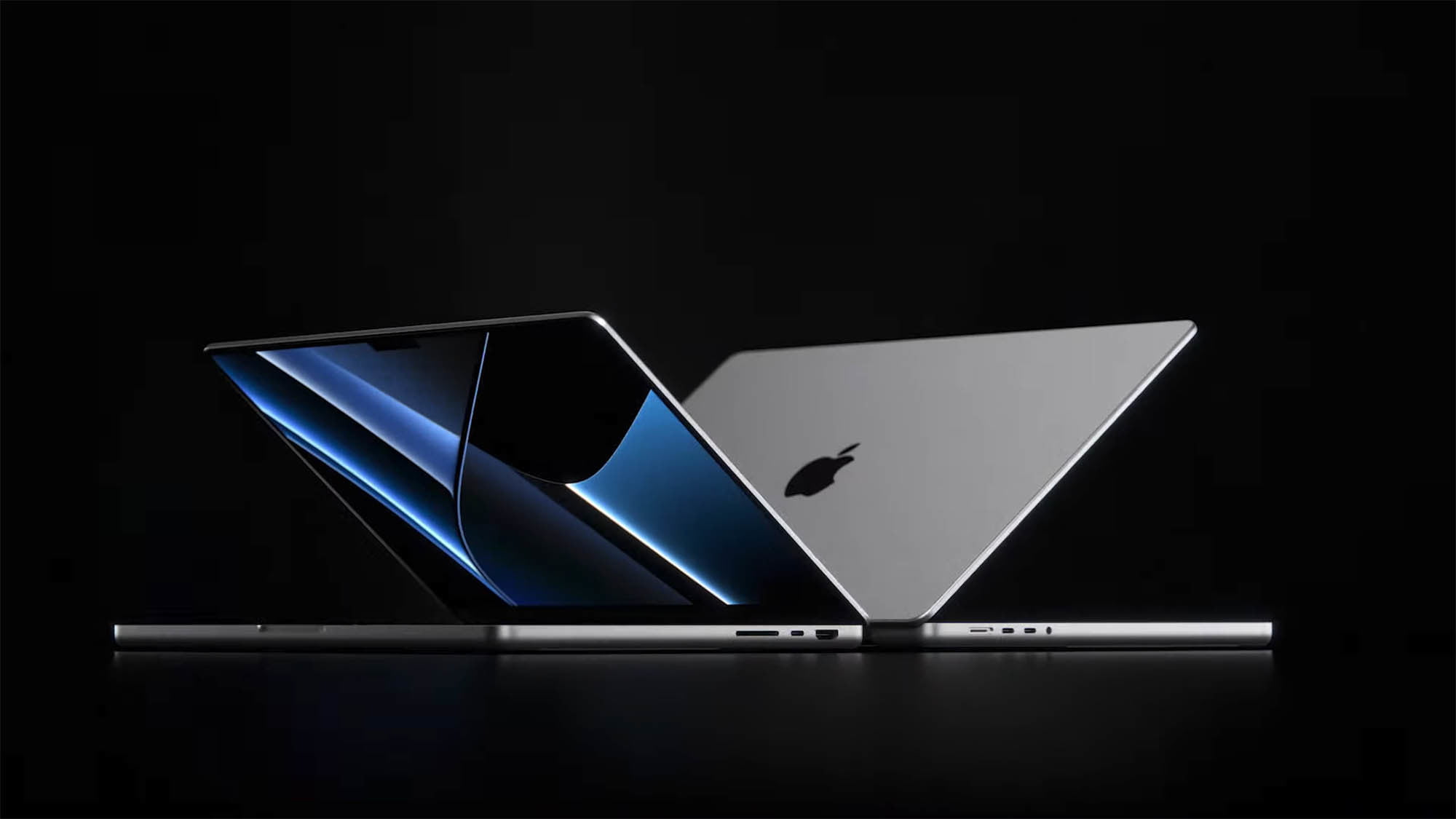When Steve Jobs was still sitting on the Apple throne, he once toyed with the idea of introducing touchscreen panels to the company’s top-tier Macbook series. The man was famously opposed to the idea, referring to it as “ergonomically terrible” and an offensive design approach because “touch surfaces don’t want to be vertical.” Yet, it seems much has changed at Apple, with current rumours suggesting work has already begun on a touchscreen Macbook Pro to be released sometime in 2025.
Notoriously correct Apple leaker Mark Gurman of Bloomberg kick-started the rumours last week, reporting that Apple already has teams of engineers actively working on touchscreen Macs with the test product being the new Macbook Pro scheduled to arrive in 2025.
Having touchscreen support may not seem like a massive deal for the hordes of office workers who currently use a Macbook Pro to power their productivity. But it is. Not only does this represent a complete change to a fairly stubborn belief that’s informed Apple’s designers for all the previous iterations of the Macbook, but it means the company is starting to think differently when it comes to traditional design.
RELATED: Apple iOS 17 Will Introduce Several Of The “Most Requested” Features
A capacitive touchscreen panel like those found on the iPad has been one of the commonly referenced features routinely missing whenever a new Macbook drops. Others include Face ID for Apple’s premier high-end laptops, although there are already reports that this biometric should also be making its way to the Macbook series sooner rather than later.
Last year, Apple’s senior vice president of hardware engineering, John Ternus, told The Wall Street Journal that there was no need to introduce touchscreen support for Macbooks, citing instead that the iPad is the “world’s best touch computer” while Macs are “totally optimized for direct input.”
According to the Apple rumours, Macbook Pro design wouldn’t be changed drastically to accommodate this change. Traditional laptop design still very much dictates how Apple manufactures these products. The only difference is that there would be support for touchscreen input in a similar way as there is for the iPhone and iPad.
















